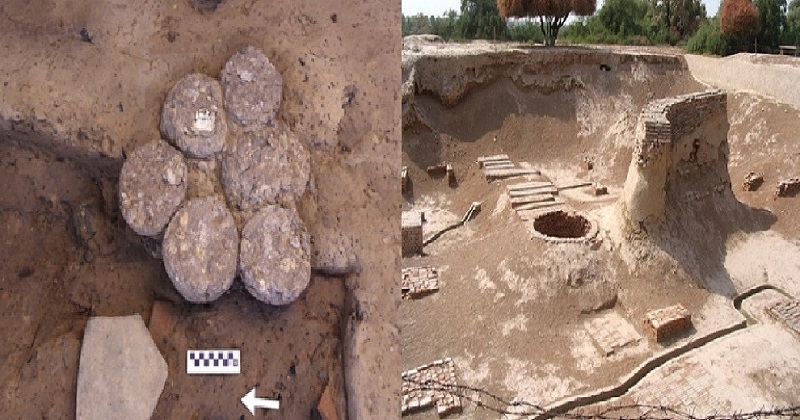
The love of sweets of Indians’ especially the cravings for laddoos knows no bounds. These sweet balls of indulgence are the go-to dessert for any occasion. The best thing about the small laddoo is that it can be made with many ingredients in various combinations. Whether it’s a Besan Laddoo or a Motichoor one, these delicate creations simply melt in the mouth! Have you ever wondered about the history of laddoo and how old the recipe is, we may have found the answer. Scientists from the Birbal Sahni Institute of Palaeosciences, Lucknow (BSIP) and Archaeological Survey of India (ASI) have found seven ‘food balls’ at a Harappan excavation site in western Rajasthan.
In the study, published in Journal of Archaeological Science: Reports, Volume 37, the researchers have found seven, closely-spaced, similar-sized spheroids or food balls at the Harappan mining site. More studies were conducted into the composition of these food balls or laddoos, which were said to have an ‘agricultural origin’, made primarily with plant-based organic compounds.
The additional study stated that the dominant ingredient used in the laddoo was Mung Beans (Vigna Radiata). They also found tracks of Magnesium, Calcium and Potassium in the spherical structures. “We surmise these spheroids were mainly made up of food grains comprising both cereals and legumes,” states the abstract of the study.
It is clear that the use of ‘food balls’ or Laddoos can be traced back to as early as 2600 BCE. Could these spheres or Laddoos be used as offerings for ritualistic purposes or were they simply intended to be eaten as regular food? The study suggests that the laddoos were used as offerings for ritual purpose and also for eating, “the concept of offerings for some ritual or multi-nutritive compact food balls for instant nutrition as food-supplement, perhaps prevailing during that period. The presence of bull figurines, handheld copper adze and a Harappan seal in the vicinity of these seven food balls signify that humans revered all these commodities due to their utility and importance to them.”

Post Your Comments